Baleen Whales – The Gentle Giants of the Ocean
Mục Lục
Baleen Whales – The Gentle Giants of the Ocean
They are the largest animals on Earth, yet they live off some of the smallest. They can grow to lengths of 30 meters (90 feet), but it is the microscopic zooplankton, krill and small fish that sustains them. These are the baleen order of whales. Unlike toothed whales, the baleen whales have no teeth. Instead, these gentle giants utilize plates of baleen in their mouths to trap and consume their tiny prey.
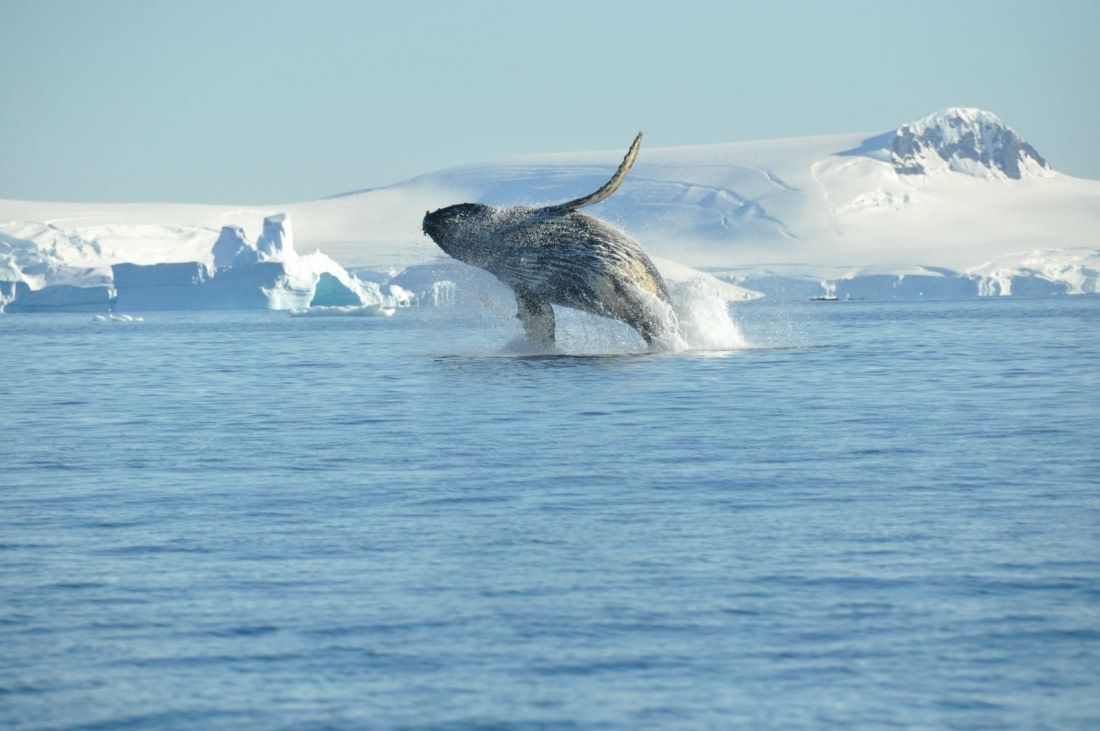
The baleen are comb-like filaments, which are part of the whale’s mouth structure. The baleen is a protein not unlike the keratin that is found in our fingernails and hair. When feeding, the whales ingest great quantities of ocean water, straining it for their food. The other unique characteristic of baleen whales is that they have paired blowholes, unlike their toothed cousins that only have one blowhole.
Some baleen whales feed by swimming with their mouths wide open to take in water and prey near the surface. They are called lunge feeders. Other baleen whales remain below the surface, opening their mouths to ingest huge amounts of water around them. Upon closing their mouths, the water is forced out through the rows of baleen trapping the usable food.
Types of baleen whales you can spot
There are many species of baleen whales, from the approximately 2 meter (6 feet pygmy Right whale, to the above-mentioned giant blue whale. In all, there are 15 known species. Some of the baleen types spotted on Arctic cruises include the minke, fin, sei, blue, humpback and bowhead. Of the toothed whales, orcas, sperm, Northern bottlenose, narwhal and beluga have been sighted.
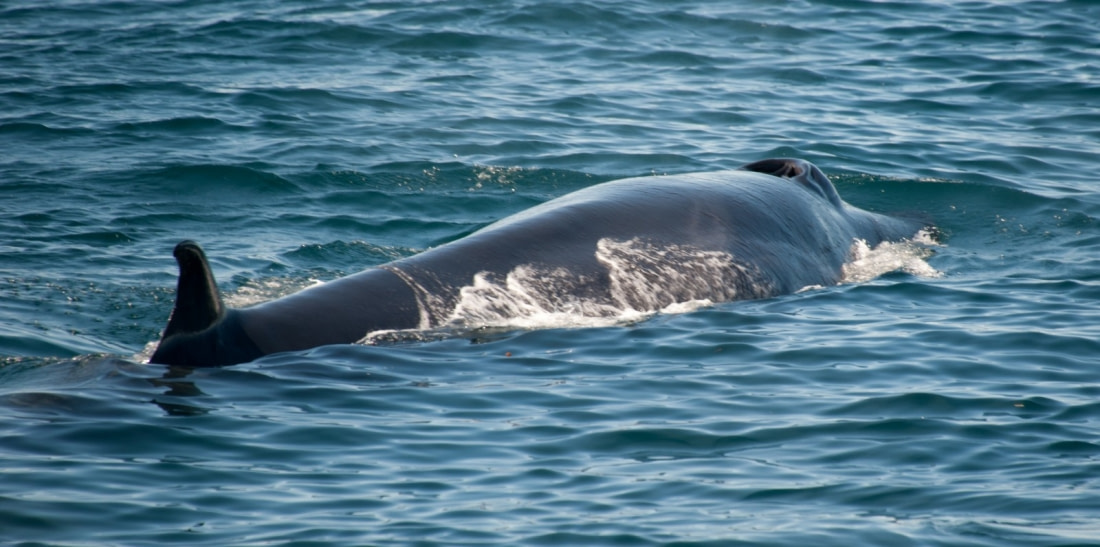
How baleen whales swim
Just like penguins, sea turtles and otters, baleen whales have flippers, which help propel them forward and are also used to steer. Unlike those other species, the whales have a large rear fluke, which they raise, and lower, creating forward motion. Some of the whale species are known to leap out of the water to create even more forward speed when necessary.
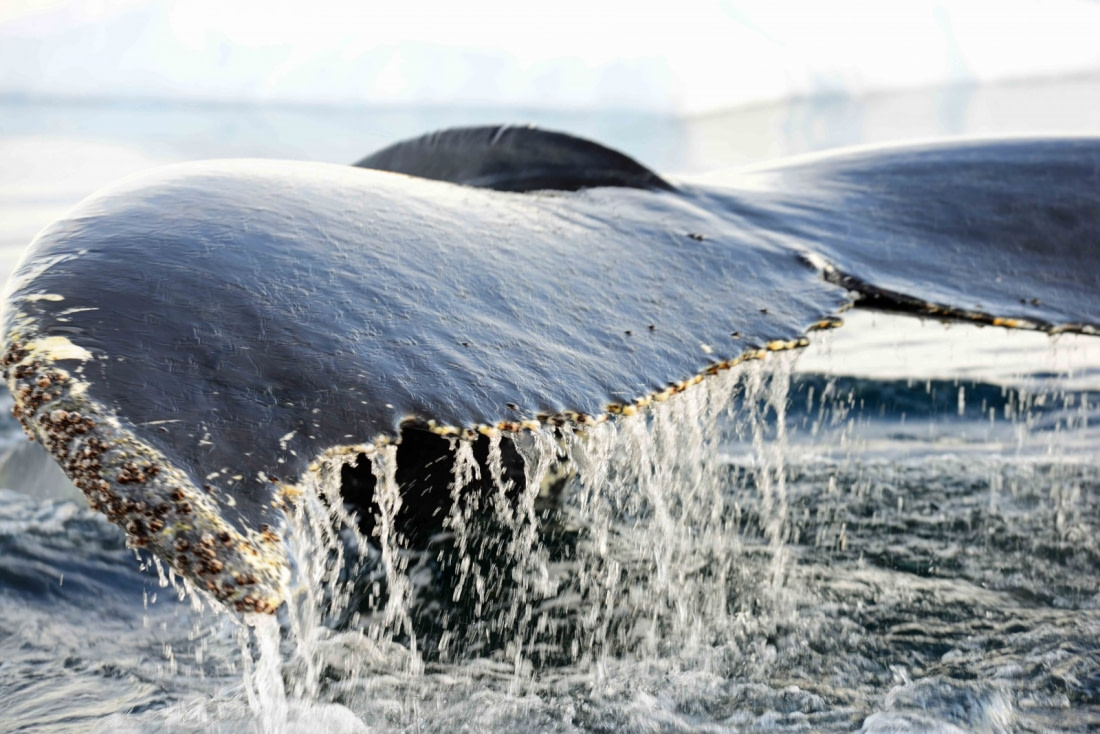
The baleen are expert divers
Baleen whales are expert divers, some of them reaching depths of 470 meters – (1,540 feet). Their unique anatomy has evolved to make such dives possible. Their lungs are designed to collapse under the enormous pressure of deep dives, as opposed to resisting the pressure as other mammals would. Collapsing in this manner prevents any damage to their lungs.
Baleen whales’ lungs are also very effective at extracting oxygen from the air. They are about 4 times more efficient than humans are. Their heart has also evolved to assist when diving. The heart rate will drop to only about 10 beats per min to conserve oxygen.
However, whales are still mammals and must periodically return to the ocean’s surface to breathe. Baleen whales breathe through their blowholes, which are located at the top of the cranium. While surfacing, whales expel carbon dioxide as all mammals do – they just do so in a more dramatic form, expelling vast amounts and spraying the surrounding sea water into the air. Hence, the classic whaling expression, “Thar she blows!”.
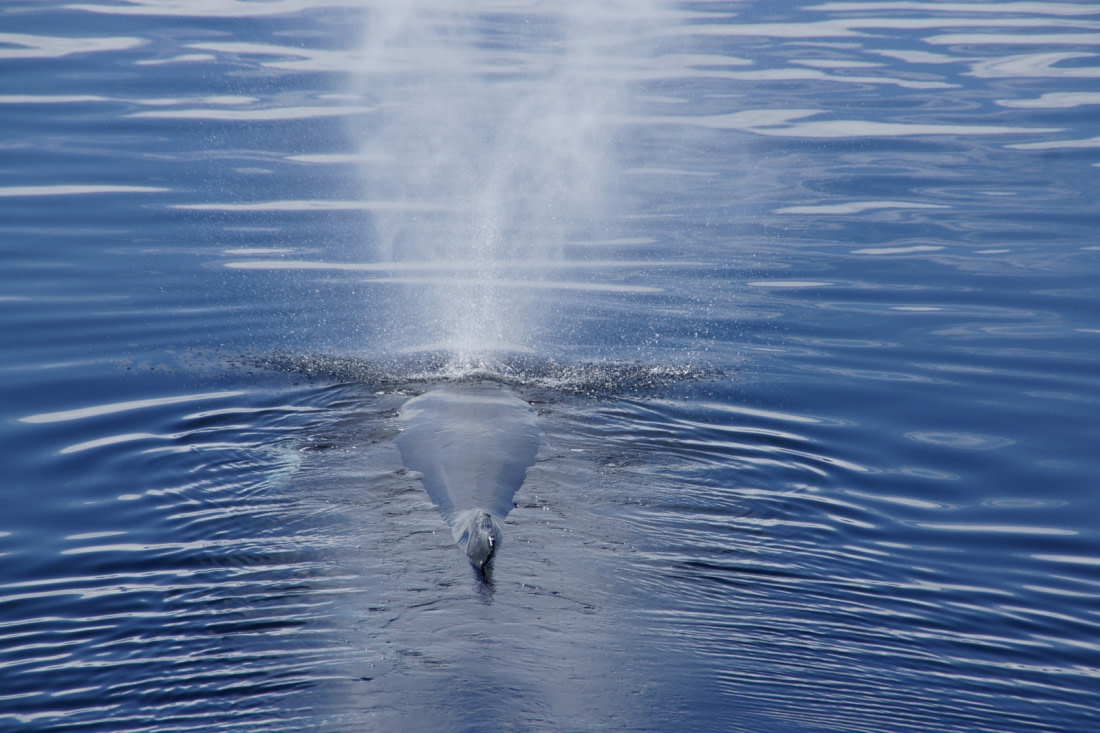
Reproduction & whale song of the baleen whale
During the breeding season, baleen whales actively communicate or “sing”. It is thought that they use the folds in their larynx to produce sounds. The blue whales low-pitched song can be as loud as 190 decibels and heard hundreds of kilometers away. The humpback whale sings the most complex songs in a series of groans, roars and chirps that is often repeated for hours. It is believed that all the male humpbacks from a certain geographical area sing the same songs throughout the breeding season.
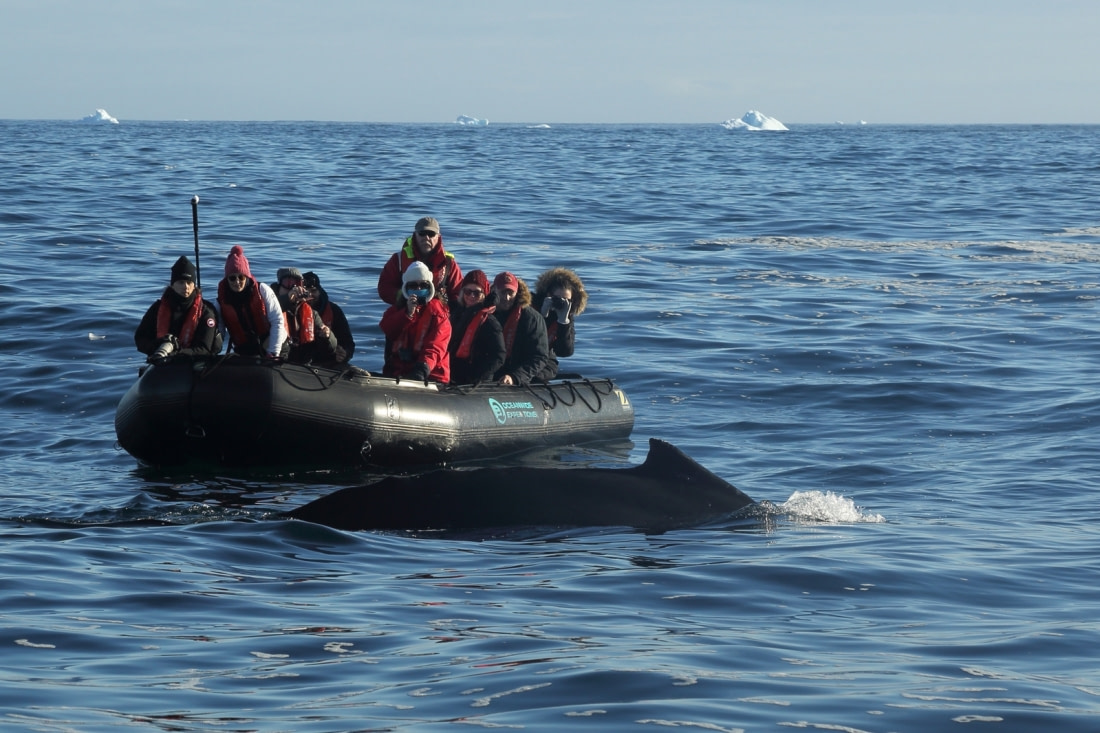
The whale gestation period is about a year during which they grow very rapidly. Shortly before birth, the blue whale fetus gains some 100 kg (220 lb) per day and is about 7 m (23 feet) long at birth. During nursing, the calf can gain 80 kg(180 lb) a day. After 5 – 10 years, at sexual maturity, the whale will have grown to a length of (20 – 24 meters) (66 – 79 feet). Whales can live up to 80 – 130 years. 19th century harpoons have been found in deceased whales, indicating this amazing longevity.
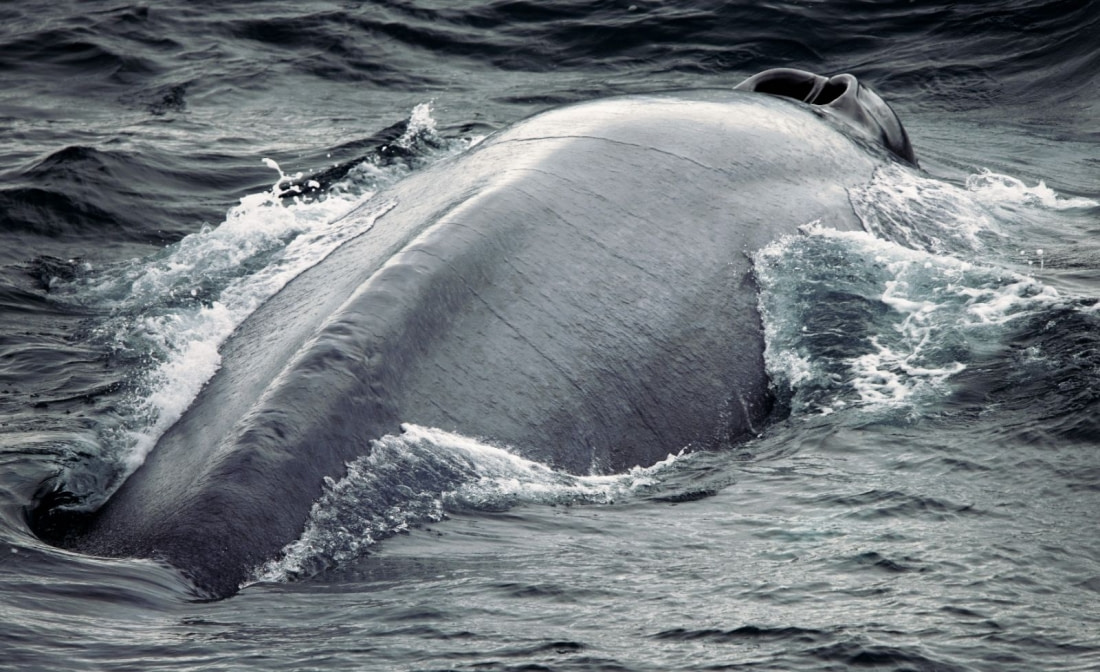
Why do baleen whales migrate?
There are several reasons for the baleen whales’ migration, most having to do with calving and newborns. The young baleen whales have not yet developed a thick layer of blubber or fat to insulate them from the cold Arctic waters, hence the migration to warmer tropical climates. It is also thought that the warmer waters are safer for the calves as they can be hunted by killer whales.
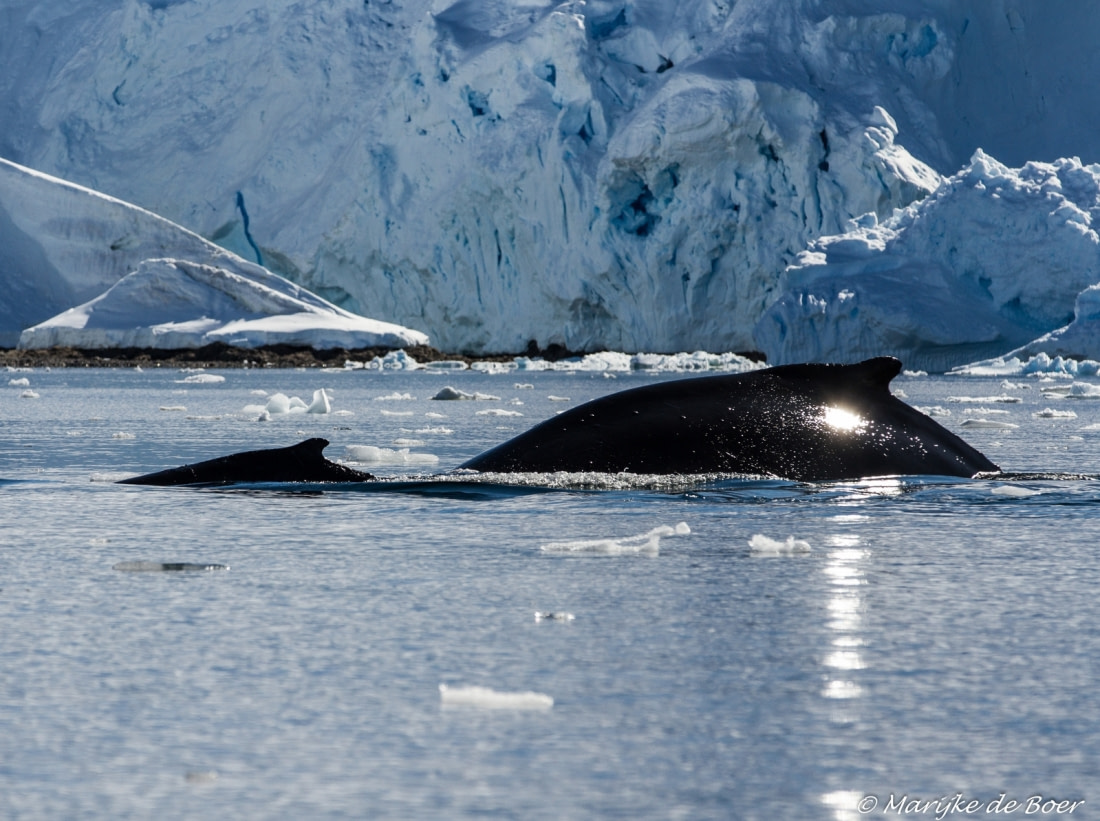
Come the spring and summer months, the baleen whales migrate back to arctic waters where they can feed on numerous plankton blooms. Some baleens such as the gray whale migrate distances as much as 23,000 km (14,000 miles) from the arctic to the Baja Peninsula and then back to the Arctic.
Whale hunting: an ancient story
For thousands of years, humans have hunted whales for food and oil. The Inuit hunted wales throughout the Arctic Ocean, also for their blubber and baleen. In the 19th century, whales were also hunted for their whalebone, used in women’s corsets, buggy whips and umbrellas.

With no controls on hunting activity, eventually all species became depleted. It wasn’t until 1982 that the International Whaling Commission placed hunting limits to protect the whales from becoming extinct. Most of the world’s countries have now stopped all whaling activity. However, man isn’t the only natural predator of baleen whales. The younger whales – calves and newborns are also preyed upon by killer whales.
There are still other threats to the baleen whale. Climate change has brought on declines in sea ice, affecting their habitat, as well as ocean acidification. And if all that wasn’t enough, commercial shipping present a hazard. Baleen whales cannot always hear the low frequency propeller noise and are sometimes unaware of a ship’s presence until it is too late. That, combined with the sonar used by ships interferes with the whale’s vocalizations, making their communications more difficult.
Conservation and the future of the baleen whale
For the last 30 – 40 years, there has been a sustained increase in efforts to slow down and even halt whale-hunting activity. Fortunately, this has been accompanied by increasing movements to encourage the economies and enjoyment of the whale watching industry. Not only is whale watching a recreational activity but it also serves scientific and educational aims. A 2009 study estimated that 13 million people go whale watching a year, generating over $2 billion worldwide in tourism revenue. As of now, many countries around the world have simply stopped all whale hunting activity and others have begun to observe limits.
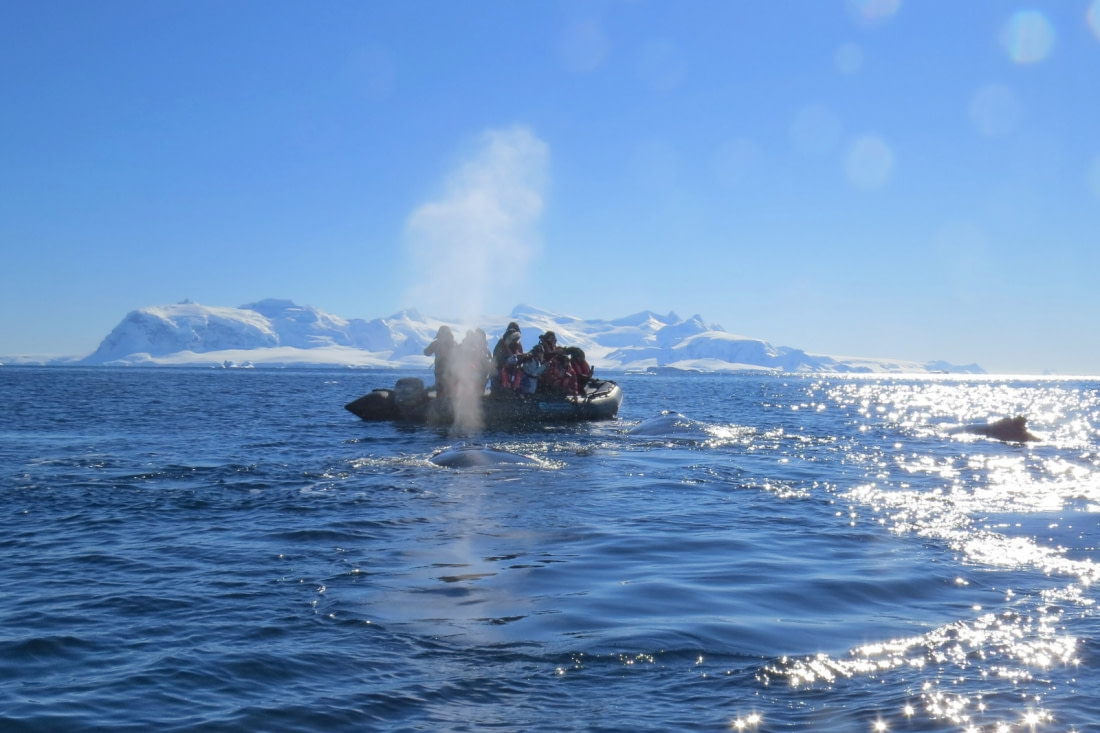
There are many humane reasons for this but perhaps the most practical one is voiced by conservationists – a whale is worth much more alive and watched than hunted and dead.















![Toni Kroos là ai? [ sự thật về tiểu sử đầy đủ Toni Kroos ]](https://evbn.org/wp-content/uploads/New-Project-6635-1671934592.jpg)


